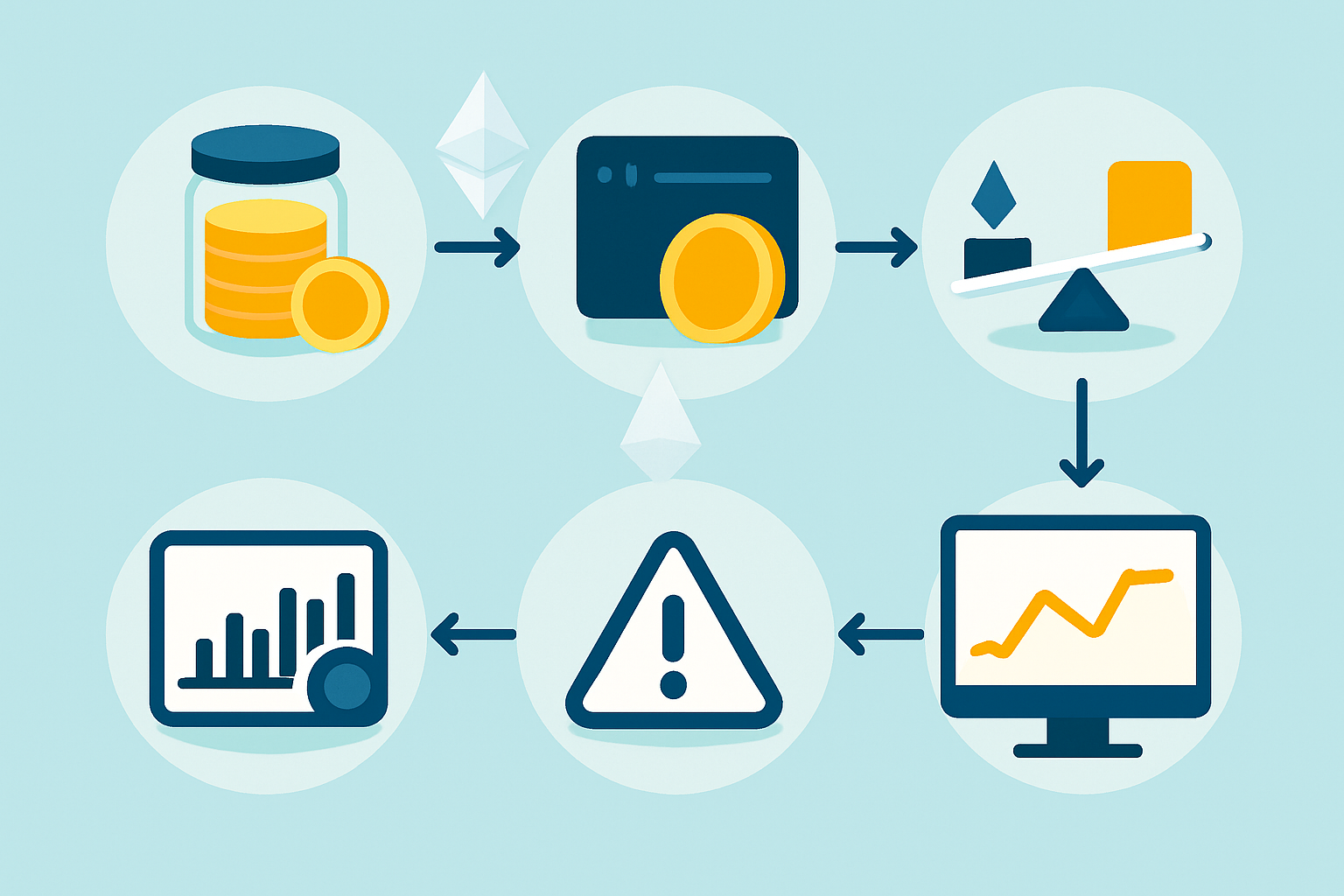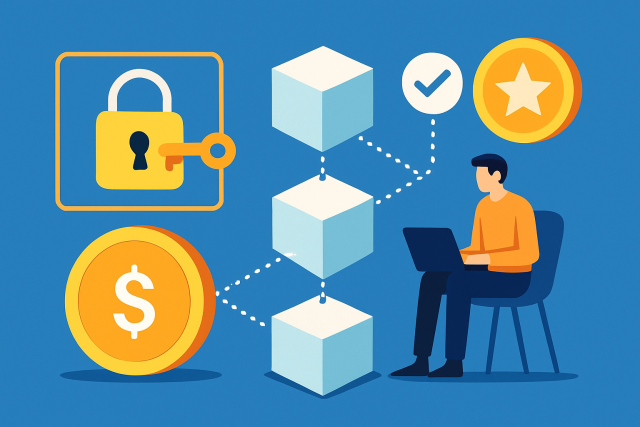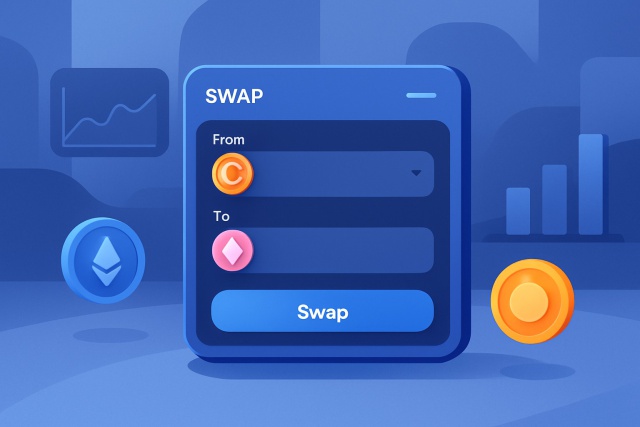What Is Leverage Trading and How It Works?


Leverage trading can be a powerful tool that traders often rely on to amplify their market exposure, though I’ve noticed it’s frequently misunderstood or underestimated. It’s pretty common across both DeFi and traditional finance, offering investors the chance to boost their profits
Decentralized Finance or DeFi has taken off like a rocket because it opens the door to financial services without middlemen getting in the way. Leverage trading fits right into this space by letting users borrow assets to boost their potential gains and increase both possible rewards and risks.
What Exactly Is Leverage Trading All About?
Leverage trading means borrowing funds to make a trade bigger than the cash you actually have on hand. Think of it as borrowing a friend’s wallet to boost your buying power.
- Leverage ratio: This shows how much you are stretching your trading position compared to your own cash on hand. Think of it like using a little to control a lot — exciting, but watch your step.
- Margin: The chunk of your own money you need to set aside as collateral to kick off a leveraged trade. It is like the down payment before you really jump in.
- Borrowed funds: The extra cash you borrow to pump up your trading position. Make sure you can pay for the gas.
- Collateral: Assets you promise to put up as security for the borrowed funds, making lenders breathe a little easier since their risk is softer.
- Liquidation: When your position gets shut down automatically because your losses have marched past your margin. Sometimes the market plays hardball.
- Margin call: The friendly nudge telling you to add more funds because your collateral’s value has dipped below the critical mark. Think of it as the financial equivalent of a wake-up call.
Leverage trading is like buying a house with a mortgage but without the paperwork headaches. Picture this: you have got $50,000 in your pocket and have your eye on a $250,000 home. By borrowing $200,000 from the bank, you suddenly have the keys to a much bigger asset than your cash alone would buy. If the house value climbs, your profits on that original $50,000 can balloon nicely. But if the value takes a nosedive, the bank might come knocking for repayment or even repossess the property.
Understanding How Leverage Trading Actually Works (and Why It’s Not as Scary as It Sounds)
On DeFi platforms, leverage trading usually kicks off by depositing collateral to set up your margin. Traders then borrow funds based on their chosen leverage ratio, allowing them to snag larger positions than their initial stake would permit.
Pick a leverage amount that matches your comfort zone and trading strategy—no point in biting off more than you can chew.
Deposit your collateral, usually some form of cryptocurrency, into your trading account to get started.
Borrow extra funds based on your chosen leverage to boost your buying power.
Place your trade by buying or selling the asset with that increased position size.
Keep a sharp eye on your margin ratio to make sure your collateral can cover potential losses—it’s better to be safe than sorry.
Close your trade whenever you want to lock in profits or cut losses. Otherwise, it’ll be automatically liquidated if margin requirements aren’t met.

Different Ways to Use Leverage in DeFi Trading
DeFi offers unique ways to trade with leverage beyond traditional markets. Take perpetual swaps for example—they let you speculate with leverage continuously because they don’t have expiry dates. Margin trading means borrowing assets to increase your position size directly without fuss. Then there are flash loans, which are like borrowing magic with no collateral but only for single atomic transactions. Finally, decentralized lending protocols provide funds for leverage in a fully trustless way.
| Leverage Type | Platforms | Collateral Required | Typical Leverage Range | Risks | Common Use-Cases |
|---|---|---|---|---|---|
| Perpetual Swaps | dYdX, Perpetual Protocol | Yes (crypto margin) | Up to 20x | Beware the risk of liquidation and those pesky ongoing funding fees | Perfect for both quick bets and longer-term speculation, depending on your style |
| Margin Trading | Aave, Compound | Yes (crypto assets) | Usually between 5x and 10x | Watch out for price swings and margin calls—they can sneak up on you | A go-to method to amplify your position size by borrowing funds, when you are feeling bold |
| Flash Loans | Aave, Uniswap | None (instant borrowing) | Practically unlimited | Risk of transaction failure is real, so speed and precision are key | Often the secret weapon for arbitrage, collateral swaps, and lightning-fast trades |
| Lending Protocols | MakerDAO, Compound | Yes (collateralized loans) | Varies depending on the specific loan | Liquidation risk looms if your collateral drops in value, so keep a close eye | Commonly tapped for leveraged investing or to help provide liquidity when the market calls for it |
The Potential Upsides and Downsides of Leverage Trading A Balancing Act Worth Considering
Leverage trading can boost your profits and add diversification to your portfolio even if you don’t have much cash. That said, it’s a double-edged sword—it also increases the risk of bigger losses, liquidation, margin calls, and sudden market swings that can eat into your investments faster than you would like.
- Leverage lets you stretch your capital further and control bigger positions without needing to fork out a ton of cash upfront.
- It can ramp up your market exposure so even the tiniest price movements might translate into bigger wins—sometimes a nice surprise, sometimes a wild ride.
- Since leverage frees up your capital, you have more room to diversify and juggle multiple positions at the same time, which is a smart move in my experience.
- But watch out—there’s a real risk of liquidation because losses can sneak past your initial margin if the market plays hardball.
- Crypto markets are notoriously bumpy and often throw curveballs like unexpected margin calls and forced position closures when you least want them.
- Don’t forget borrowing fees and interest on leveraged funds can quietly eat into your overall profits, so keep an eye on those.
- The rapid price swings can be quite the emotional rollercoaster and, if not handled with care, might steer you toward less-than-stellar decisions.
Leverage can really amp up your gains, but it’s a double-edged sword—losses can stack up just as fast, especially when the market’s jumping all over the place like it tends to do.
Some Common Misunderstandings About Leverage Trading That Often Trip People Up
Many new traders often get the wrong end of the stick when it comes to leverage, sometimes treating it like a magic wand for free money or a shortcut to easy profits. Others figure that only the pros should touch leverage with a ten-foot pole, or believe stop-loss orders are some kind of foolproof safety net that wipes out all risk.
- Leveraged trading doesn’t come with a profit guarantee and can just as easily magnify losses, sometimes catching traders off guard.
- Quite a few long-term traders use it thoughtfully, almost like a secret ingredient in their strategy.
- Margin calls tend to pop up more often than we would like during volatile markets, so it is wise to expect them and plan accordingly.
- Stop-loss orders do a decent job of limiting risk, but they’re not a silver bullet—slippage and sudden market swings can still throw a wrench in the works.
- Borrowing fees and interest costs often slip under the radar, yet they quietly chip away at overall returns more than many realize.
Key Tips and Best Practices for Trading with Leverage Safely Because a Little Caution Goes a Long Way
Handle leverage safely and start small. Dip your toes in before diving headfirst, set stop-loss orders to avoid surprises, and always maintain enough margin in your account to prevent unwelcome shocks.
- Start with low leverage ratios until you get a real feel for how price swings affect your position.
- Always use stop-loss orders to automatically limit potential losses.
- Keep a comfortable collateral margin to avoid unpleasant surprise liquidations that no one likes.
- Avoid trading when you’re feeling emotional because decisions made in the heat of the moment often lead to regret.
- Take full advantage of educational resources and don’t hesitate to experiment with demo accounts whenever you can.
- Spread your risk by diversifying across different assets or strategies.
A Beginner's Friendly Guide to Getting Started with Leverage Trading in DeFi
Kick off your journey with DeFi leverage trading by finding a reliable platform you can trust, connect your crypto wallet and add some collateral. After that, figure out the right leverage that suits your style, place your trades and keep a sharp eye on your positions to stay ahead of any risks.
Find and choose a dependable DeFi platform that supports leverage trading. There’s no point diving in without a solid foundation.
Safely connect your crypto wallet to the platform. MetaMask is a popular choice but pick whichever suits you best.
Deposit the required collateral using supported tokens and double-check that you meet margin requirements. It is better to be safe than sorry.
Pick the asset and set the leverage level that matches your risk appetite. Keep in mind there’s no one-size-fits-all approach.
Execute your leveraged trade by borrowing funds and opening your position. This is where the real action begins.
Keep a sharp eye on your margin ratio and stay tuned to market trends so you can react swiftly when prices move.
When the time comes, close, reduce or tweak your position as needed to lock in profits or cut losses before they get out of hand.
Conclusion Is Leverage Trading Worth Considering?
Leverage trading can open up interesting opportunities but it carries its fair share of risks too. It’s important to have a good handle on your own risk tolerance and investment goals before diving in headfirst.






